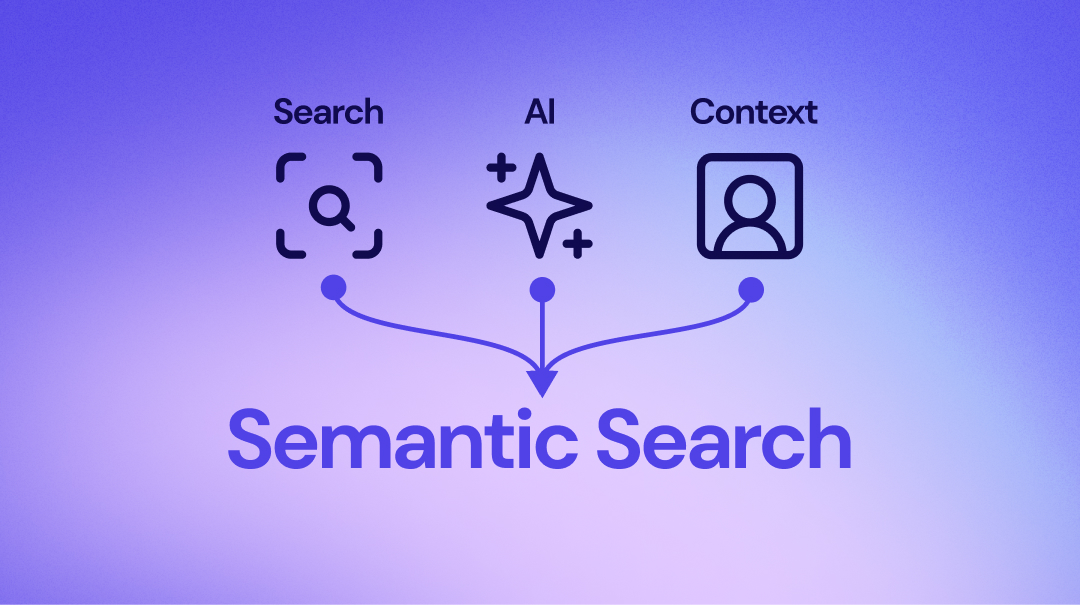In the world of digital marketing and SEO, the way search engines understand and deliver information has evolved dramatically. Traditional keyword-based search has given way to semantic search, a smarter, AI-driven approach that focuses on understanding user intent rather than just matching keywords. But what is semantic search, exactly, and why should marketers, business owners, and students care about it?
In this guide, we’ll explore what is semantic search, provide 10 real-world examples, explain AI applications, and break down the key differences compared to text-based search. By the end, you’ll have a complete understanding of semantic search and how it can improve your SEO strategy.
For businesses and marketers looking to optimize their websites, tools like The SEO Auditor can help ensure your content aligns with semantic search principles.
Understanding Semantic Search
Semantic search is a search technology that focuses on the meaning behind words rather than exact keyword matches. Unlike traditional text search, which looks for exact word matches, semantic search interprets the intent of a query and retrieves results that best match the user’s needs.
Why it matters:
-
Provides users with more accurate search results
-
Improves engagement and click-through rates
-
Enhances discoverability for businesses online
Semantic search uses AI and machine learning algorithms to understand natural language, context, and the relationships between words. This means it can differentiate between “Apple the fruit” and “Apple the company,” delivering contextually relevant results every time.
Semantic Search vs Text Search: Key Differences
| Feature | Semantic Search | Text Search |
|---|---|---|
| Focus | Meaning and intent | Exact keyword matches |
| Context | Understands query context | No understanding of context |
| Result Quality | High relevance, fewer irrelevant results | May return unrelated results |
| AI Involvement | Uses NLP, ML, embeddings | Simple string matching |
| Use Cases | SEO, AI search, voice assistants | Basic search engines, older systems |
The key takeaway is that semantic search is not just about finding keywords—it’s about understanding the why behind a query.
How Semantic Search Works

Role of AI and Machine Learning
Semantic search relies heavily on AI and machine learning technologies, particularly Natural Language Processing (NLP). Here’s how it works:
-
Query Understanding: The system interprets the meaning of the search query.
-
Content Analysis: It scans the content for contextually relevant information rather than just keywords.
-
Relevance Scoring: Each result is scored based on semantic relevance, not just keyword density.
-
Ranking: The most relevant results appear at the top, improving user satisfaction.
Semantic Search in LLMs and RAG
Large Language Models (LLMs) like GPT and Retrieval-Augmented Generation (RAG) techniques have made semantic search more advanced. These AI systems can:
-
Generate relevant responses to user queries
-
Understand context over longer passages
-
Improve search precision by combining database retrieval and AI-generated summaries
Examples of Semantic Search in Action
Here are 10 real-world examples of semantic search improving user experience:
-
Google Search: Uses AI to understand user intent, providing relevant results for ambiguous queries.
-
E-commerce Platforms: Amazon and eBay recommend products based on search context, not just keywords.
-
Voice Assistants: Siri, Alexa, and Google Assistant rely on semantic search to answer natural language queries.
-
Chatbots: AI-driven chatbots provide accurate responses by interpreting user intent.
-
Content Recommendation Engines: Netflix and YouTube suggest videos based on semantic analysis of previous searches.
-
Healthcare Platforms: Semantic search helps find medical information quickly, even with complex terminology.
-
Legal Databases: Lawyers can find relevant cases by meaning rather than exact wording.
-
Job Portals: LinkedIn and Indeed match candidates to jobs using semantic search for better relevance.
-
Travel Portals: Semantic search powers flight and hotel recommendations based on user preferences.
-
Educational Platforms: Platforms like Coursera use semantic search to connect students to courses and resources.
Semantic Search in Programming and AI Development
Semantic Search in Python
Python has become a leading language for implementing semantic search due to its extensive libraries:
-
spaCy: NLP library for understanding language context
-
Sentence Transformers: For creating embeddings to represent semantic meaning
-
FAISS: Facebook AI library for vector search
These tools allow developers to implement semantic search capabilities in applications efficiently.
Semantic Search vs Vector Search
Semantic search often overlaps with vector search, which uses embeddings to represent data in a high-dimensional space. Key differences:
| Feature | Semantic Search | Vector Search |
|---|---|---|
| Goal | Understand query intent | Match data points in vector space |
| Use Cases | Search engines, content discovery | AI search, recommendation systems |
| Technology | NLP, embeddings, AI models | Embeddings, nearest neighbor search |
Advantages of Semantic Search for Businesses and Marketers
Implementing semantic search can provide significant benefits:
-
Improved SEO: Helps your content rank for intent-based queries, not just keywords.
-
Better User Experience: Delivers precise results, keeping users engaged.
-
Higher Conversions: Relevant results lead to higher chances of conversions.
-
AI Insights: Semantic search data can help inform business decisions and content strategies.
By understanding and leveraging semantic search, marketers and business owners can stay ahead in a competitive digital landscape.
Challenges and Considerations
While semantic search is powerful, it comes with challenges:
-
Technical Complexity: Implementation requires AI, NLP, and machine learning expertise.
-
Resource Intensive: Requires computational power for embeddings and AI processing.
-
Continuous Optimization: Algorithms need updates to maintain accuracy as language and trends evolve.
FAQs (People Also Ask) About what is semantic search
Q1: How does semantic search differ from Google search?
A: Semantic search powers Google search. Google uses AI to understand query intent and context, which improves the relevance of results.
Q2: Can semantic search improve my website SEO?
A: Yes, optimizing for semantic search ensures your content answers user intent, boosting rankings and engagement.
Q3: Is semantic search powered by AI?
A: Yes, semantic search relies on AI, NLP, and machine learning to understand and deliver relevant results.
Q4: What industries benefit the most from semantic search?
A: E-commerce, healthcare, education, legal services, and travel industries see the most immediate benefits.
Conclusion
Semantic search represents a paradigm shift in how search engines understand and process information. By focusing on user intent, context, and meaning, it allows businesses, marketers, and students to access highly relevant content.
From AI applications in LLMs and RAG to practical examples like e-commerce platforms and voice assistants, semantic search is revolutionizing the way we search for information.
For businesses looking to optimize their websites for semantic search, using tools like The SEO Auditor ensures your content is AI-friendly, intent-focused, and ready to rank higher in search results.

